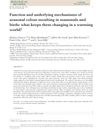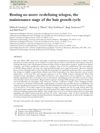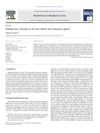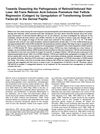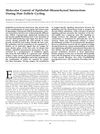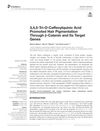Transcriptomic Regulation of Seasonal Coat Color Change in Hares
January 2020
in “
Ecology and evolution
”
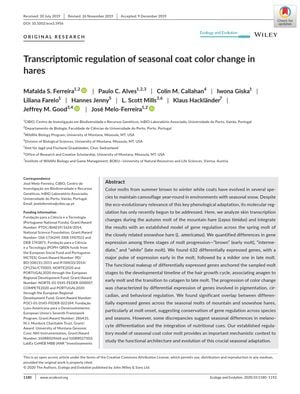
TLDR Genes related to pigmentation, body rhythms, and behavior change during hares' seasonal coat color transition, with a common genetic mechanism in two hare species.
In a study from January 15, 2020, researchers investigated the molecular regulation of seasonal coat color changes in mountain hares (Lepus timidus) during their autumn molt and compared it with the spring molt of snowshoe hares (L. americanus). They analyzed skin transcription changes and identified 632 differentially expressed genes across three stages of molt progression: early (brown), intermediate, and late (white). A significant change in gene expression was observed early in the molt, with a subsequent milder change later on. These changes corresponded to different phases of the hair growth cycle, with anagen (growth phase) associated with early molt and the transition to catagen (regression phase) with late molt. Genes involved in pigmentation, circadian rhythms, and behavioral regulation were differentially expressed during the color change. There was a notable overlap in gene expression between the two species and seasons, indicating a conservative gene regulation mechanism. However, differences suggested seasonal variations in melanocyte differentiation and the influence of nutritional cues. This research provides a model for understanding the genetic regulation of seasonal coat color changes, which is a critical adaptation for camouflage in environments with seasonal snow cover.

